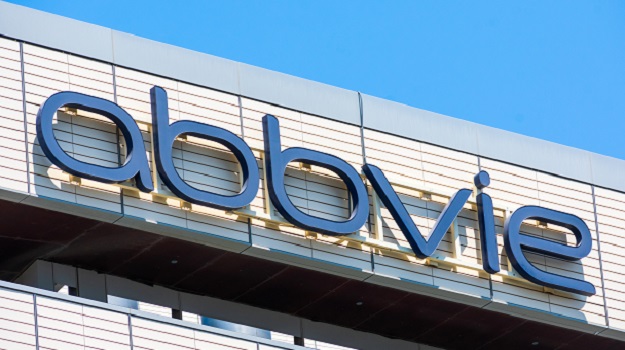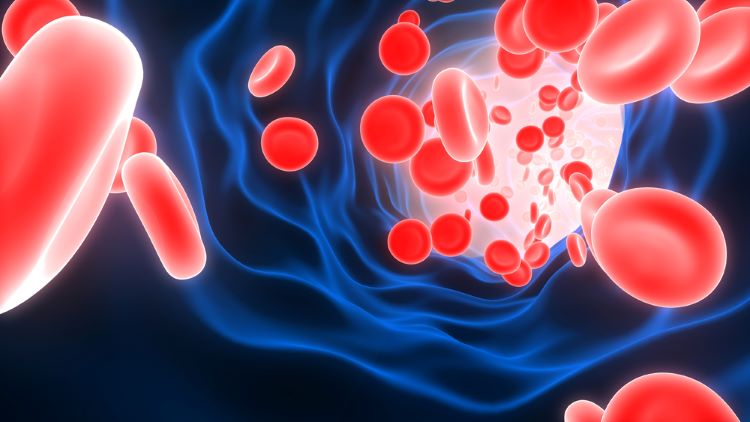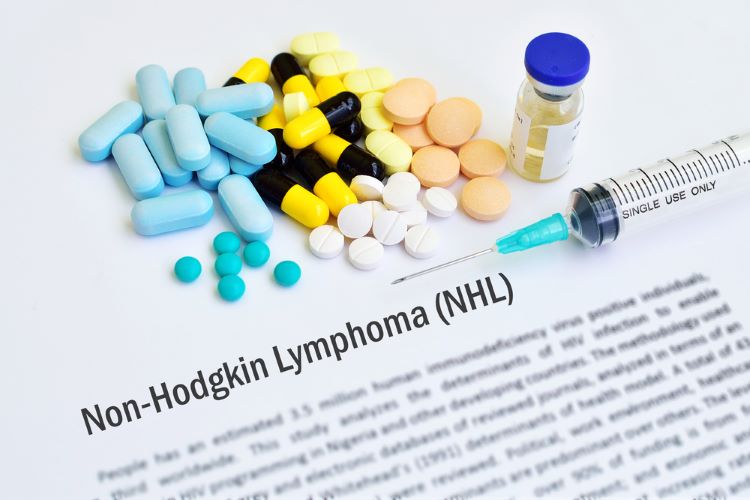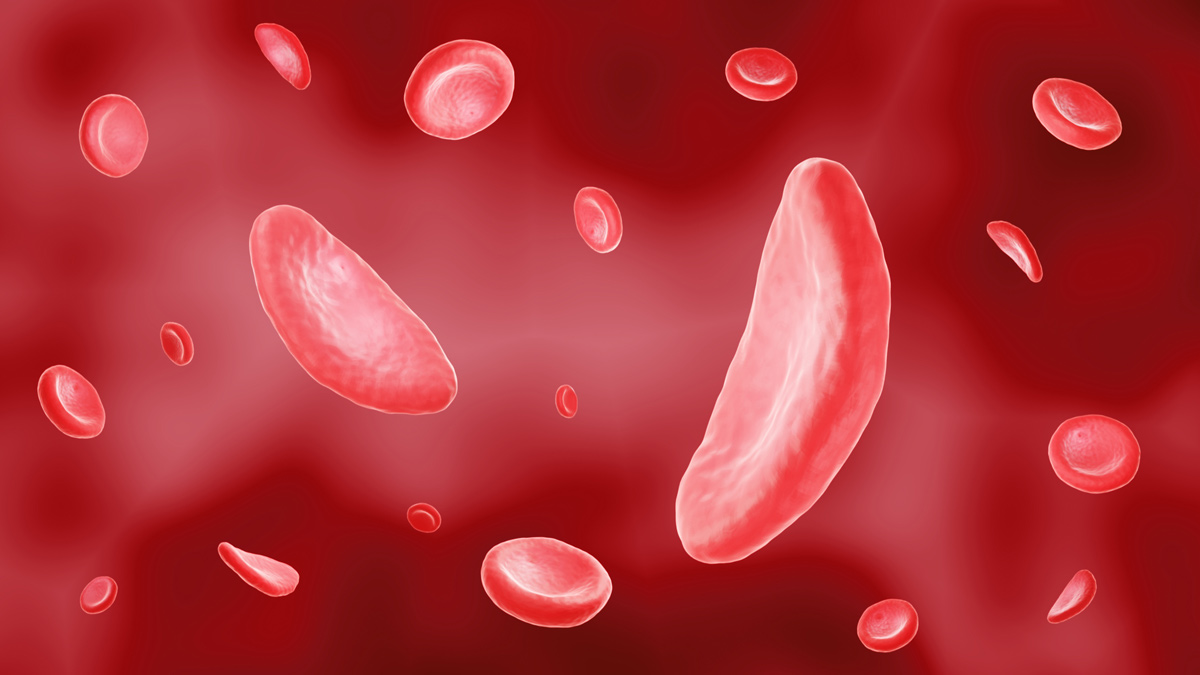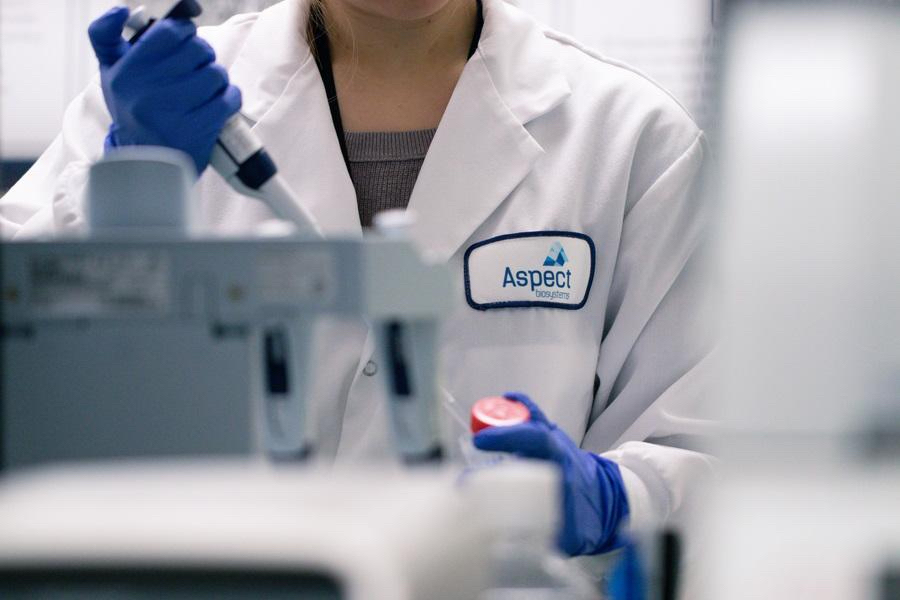‘Tooth regrowth’ drug, if successful, can aid people to grow a new set of teeth who lack them due to a congenital condition called Anodontia

In a breakthrough, a team of Japanese scientists has developed a drug that can regenerate lost teeth in adults, an advance that is now moving towards human clinical trials.
Scientists at Kyoto University and the University of Fukui focused on a protein called USAG-1, which, synthesised by a gene, was found to limit the growth of teeth. The antibody targeting USAG-1 could stimulate tooth growth in mice suffering from tooth agenesis, a congenital condition
Describing in a paper, published in the journal Science Advances, they said the ‘tooth regrowth’ drug, if successful, can aid people to grow a new set of teeth who lack them due to a congenital condition called Anodontia.
It causes the growth of fewer than a full set of teeth, present in around 1 per cent of the population.
According to Japan’s national daily news site, the Mainichi, the scientists will begin clinical trials in July 2024 and expect to roll out for general use in 2030.
The study is the first to show the benefits of monoclonal antibodies on tooth regeneration and provides a new therapeutic framework for a clinical problem that can currently only be resolved with implants and other artificial measures.
“We knew that suppressing USAG-1 benefits tooth growth. What we did not know was whether it would be enough,” said Katsu Takahashi, one of the lead authors of the study and a senior lecturer at the Kyoto.
Takahashi explained the fundamental molecules responsible for tooth development have already been identified.
“The morphogenesis of individual teeth depends on the interactions of several molecules including BMP, or bone morphogenetic protein, and Wnt signalling,” he noted.
Guessing that targeting the factors that antagonise BMP and Wnt specifically in tooth development could be safer, the team considered the gene USAG-1.
The scientists therefore investigated the effects of several monoclonal antibodies for USAG-1. Monoclonal antibodies are commonly used to treat cancers, arthritis, and vaccine development.
USAG-1 interacts with both BMP and Wnt. As a result, several of the antibodies led to poor birth and survival rates of the mice, affirming the importance of both BMP and Wnt on whole body growth. One promising antibody, however, disrupted the interaction of USAG-1 with BMP only.
Experiments with this antibody revealed that BMP signalling is essential for determining the number of teeth in mice. Moreover, a single administration was enough to generate a whole tooth. Subsequent experiments showed the same benefits in ferrets, animals with similar dental patterns to humans. “Conventional tissue engineering is not suitable for tooth regeneration. Our study shows that cell-free molecular therapy is effective for a wide range of congenital tooth agenesis,” said Manabu Sugai of the University of Fukui, a co-author of the study.





